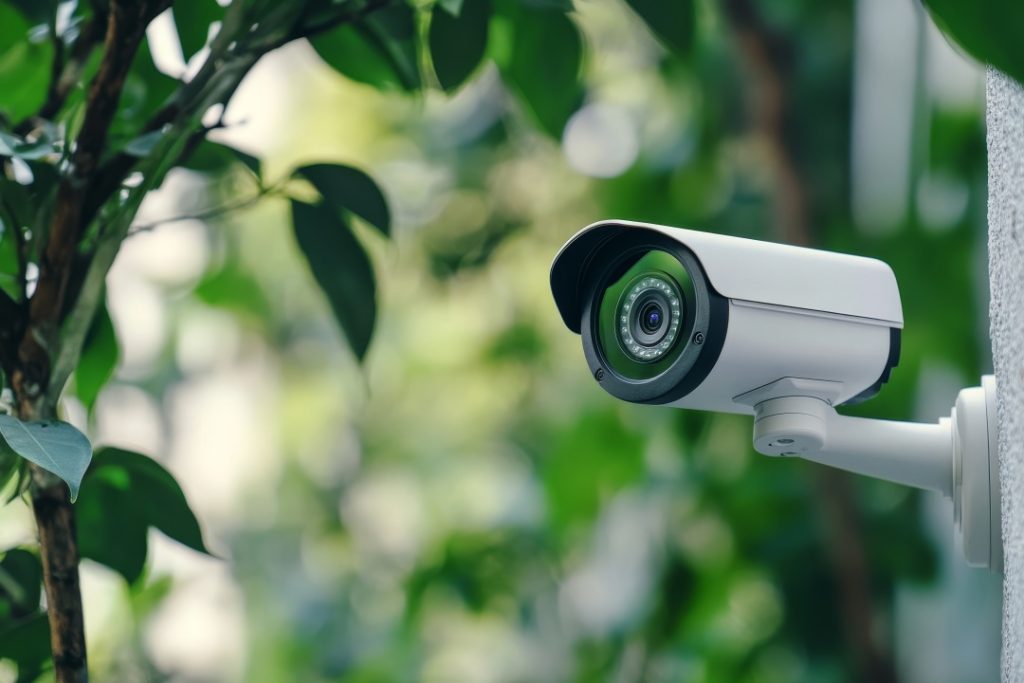Home security has become increasingly important in today’s world, and choosing the right camera can make all the difference in protecting your property and loved ones. A well-selected security camera not only deters potential intruders but also provides peace of mind when you’re away from home. However, with so many options available—from basic indoor models to advanced outdoor systems with AI detection—it’s easy to feel overwhelmed. The best security camera for your neighbor might not be the right fit for your home layout or specific needs. In this article, we’ll walk through the essential factors to consider when selecting a security camera that truly meets your requirements.
- Determine Your Primary Use Case
Before diving into technical specifications, it’s crucial to identify how you plan to use your security camera. Indoor cameras are typically smaller and more discreet, perfect for monitoring children, pets, or elderly family members. They often include two-way audio, allowing you to communicate with whoever is in the room. Outdoor cameras, on the other hand, need to withstand weather conditions like rain, snow, and extreme temperatures. If you’re looking to monitor a large backyard or driveway, you’ll need a camera with a wide field of view and long-range night vision. Some users may even want a combination of both—indoor cameras for family monitoring and outdoor cameras for perimeter security. Understanding your primary use case helps narrow down your options significantly.
- Key Technical Specifications to Evaluate
Resolution & Image Quality (1080p, 4K, HDR)
Image quality is one of the most critical factors in a security camera. A 1080p resolution is generally sufficient for most homes, providing clear footage that can help identify faces or license plates at a reasonable distance. However, if you need even sharper details—especially for larger properties—4K resolution offers superior clarity. High Dynamic Range (HDR) is another feature to look for, as it balances lighting in challenging conditions, such as when a subject is backlit by the sun. Keep in mind that higher resolution also means larger file sizes, which may require more storage space.
Field of View & Night Vision Capabilities
The field of view (FOV) determines how much area a single camera can cover. A standard 110-degree FOV works well for monitoring a front door, while 180-degree or even 360-degree cameras are better suited for large rooms or outdoor spaces. Night vision is equally important, as many security incidents occur after dark. Look for cameras with infrared (IR) night vision, which can see up to 30-50 feet in complete darkness. Some advanced models even offer color night vision using ambient light, providing more detailed footage than traditional black-and-white IR.
Connectivity & Storage Options
Most modern security cameras connect via Wi-Fi, but if your signal is weak in certain areas, consider models with Ethernet ports for a more stable connection. Storage options vary widely—some cameras offer free rolling cloud storage for a limited time, while others rely on local storage via microSD cards or network-attached storage (NAS). Cloud storage is convenient because it allows you to access footage remotely, but it often requires a subscription fee. Local storage, on the other hand, gives you full control over your data but may be vulnerable if the camera itself is stolen or damaged. Weigh the pros and cons based on your priorities.
Smart Features & Integration
Smart features can significantly enhance your security camera’s usefulness. Motion detection is standard, but advanced AI-powered cameras can distinguish between people, animals, and vehicles, reducing false alerts. Two-way audio lets you speak to delivery drivers or warn intruders, while geofencing automatically arms or disarms the camera based on your smartphone’s location. Integration with smart home systems (like voice assistants or security hubs) allows for seamless automation—for example, having your lights turn on when motion is detected. These features add convenience and make your security system more proactive rather than reactive.
- Privacy & Security Considerations
Data Encryption & Protection Against Hacking
With the rise of smart devices, cybersecurity is a growing concern. Ensure your camera uses strong encryption protocols (like WPA3 for Wi-Fi and end-to-end encryption for footage) to prevent unauthorized access. Regular firmware updates are also crucial, as they patch vulnerabilities that hackers could exploit. Avoid cameras from obscure brands that may not prioritize security updates.
Two-Factor Authentication & Secure Cloud Storage
Two-factor authentication (2FA) adds an extra layer of security by requiring a second verification step (like a text message code) to access your camera feed. If you opt for cloud storage, choose providers with a reputation for robust security measures. Some services allow you to set up private encryption keys, ensuring that only you can decrypt your footage.
- Budget & Value Considerations
Security cameras range from budget-friendly options under $50 to high-end models costing several hundred dollars. While it’s tempting to go for the cheapest option, investing in a slightly more expensive camera with better resolution, storage options, and smart features can pay off in the long run. Consider the total cost of ownership, including any subscription fees for cloud storage or additional accessories like solar panels for outdoor cameras.
Conclusion
Choosing the right security camera requires a careful balance of your specific needs, desired features, and budget. For individuals seeking reliable protection enhanced by cutting-edge technology, eufy offers powerful security cameras that deliver exceptional performance. These cameras feature 4K clarity for crystal-clear footage, smart AI detection to differentiate between people, pets, and vehicles, and 360° coverage for comprehensive monitoring. With options ranging from compact indoor models to robust outdoor setups, eufy provides a well-equipped solution for every household.
Caroline is doing her graduation in IT from the University of South California but keens to work as a freelance blogger. She loves to write on the latest information about IoT, technology, and business. She has innovative ideas and shares her experience with her readers.




![‘Jay Kelly’ Review – Noah Baumbach Makes A Case For The Magic Of Movie Stardom [NYFF 2025] ‘Jay Kelly’ Review – Noah Baumbach Makes A Case For The Magic Of Movie Stardom [NYFF 2025]](https://cdn.geekvibesnation.com/wp-media-folder-geek-vibes-nation/wp-content/uploads/2025/11/Jay-Kelly-JKELLY_20240523_15320_C2_R-300x180.jpg)

